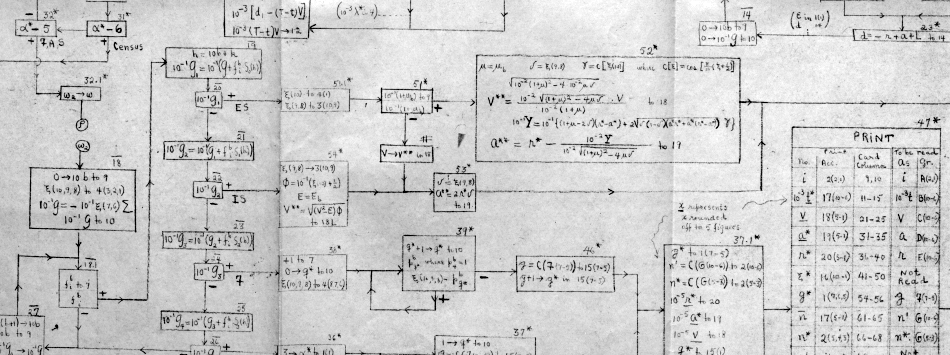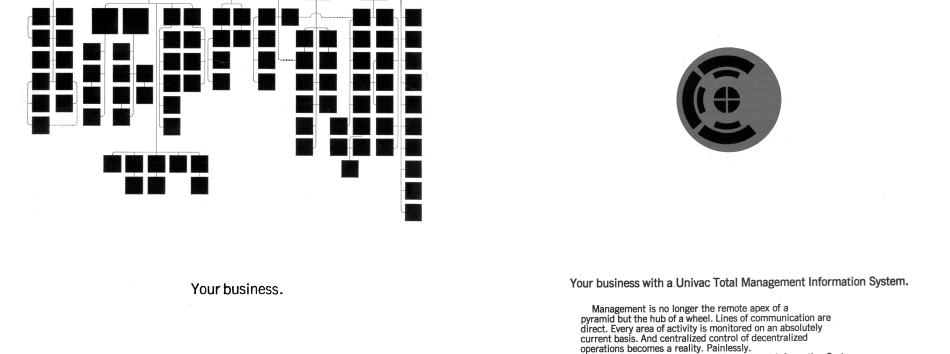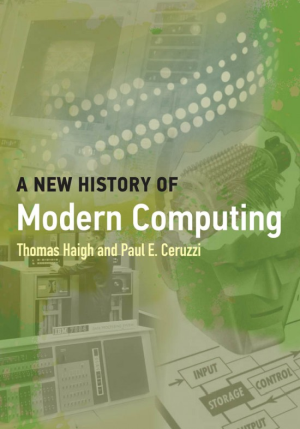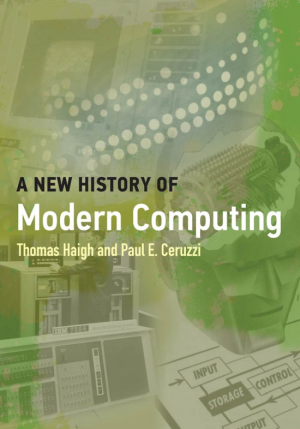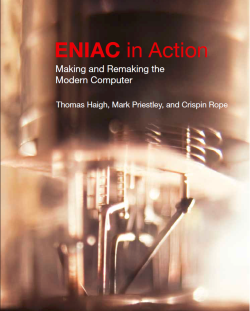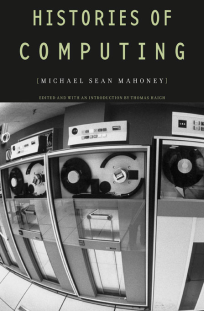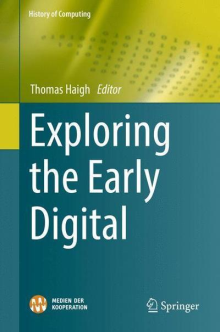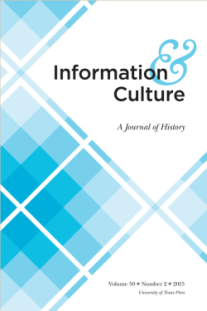A New History of Modern Computing by Thomas Haigh and Paul Ceruzzi. MIT Press, 2021;
Shanghai Scientific & Technological Education Publishing House, 2022 (Simplified Chinese).
According to Gerardo Con Diaz: "A New History of Modern Computing is an instant classic—essential to historians, curators, and interdisciplinary scholars in information and media studies. Its integrated analysis of usage and technological change is an impressive feat and a real joy to read." SIAM News called it "a comprehensive description of almost every facet of computing... a captivating and enjoyable read." ISIS hailed it as "the standard against which other general histories are measured.... An almost completely new reworking of a classic text and must-read for anyone interested in computing or business history." Choice Reviews concluded "The book is for all libraries... Highly recommended. All readers." Read about it in Communications of the ACM. Hear about it on the New Books Network.

